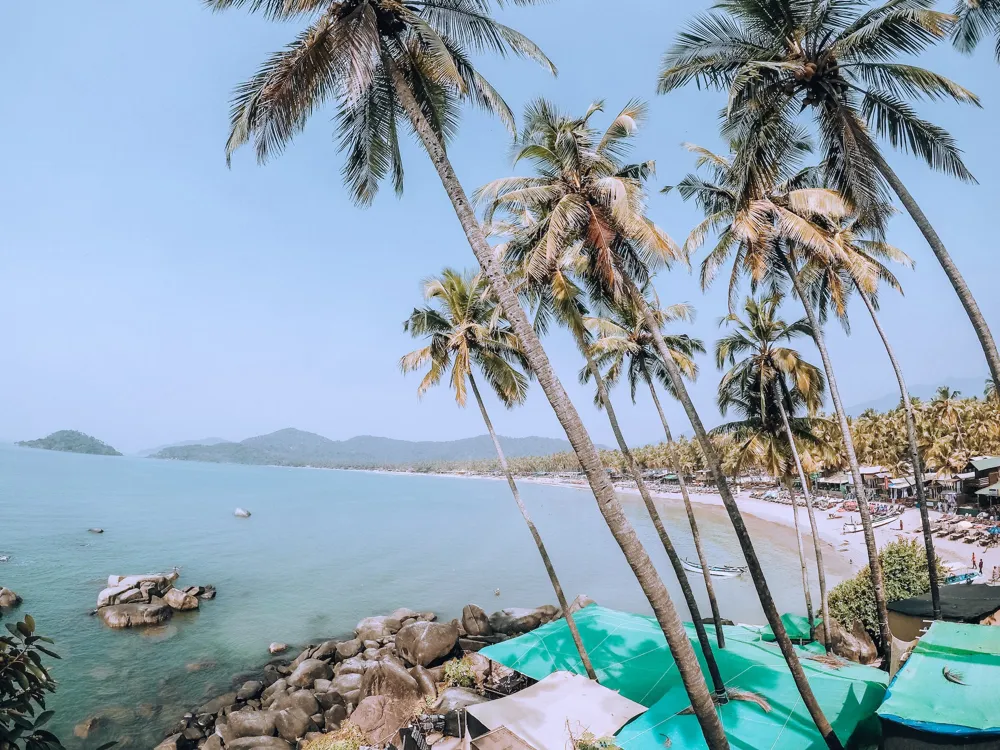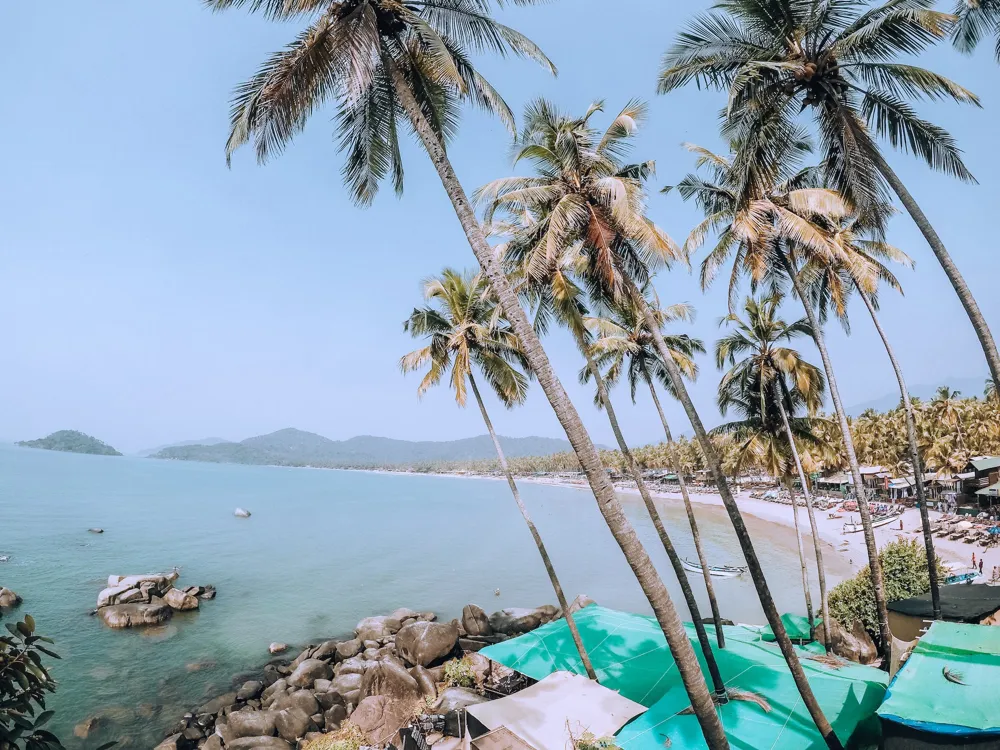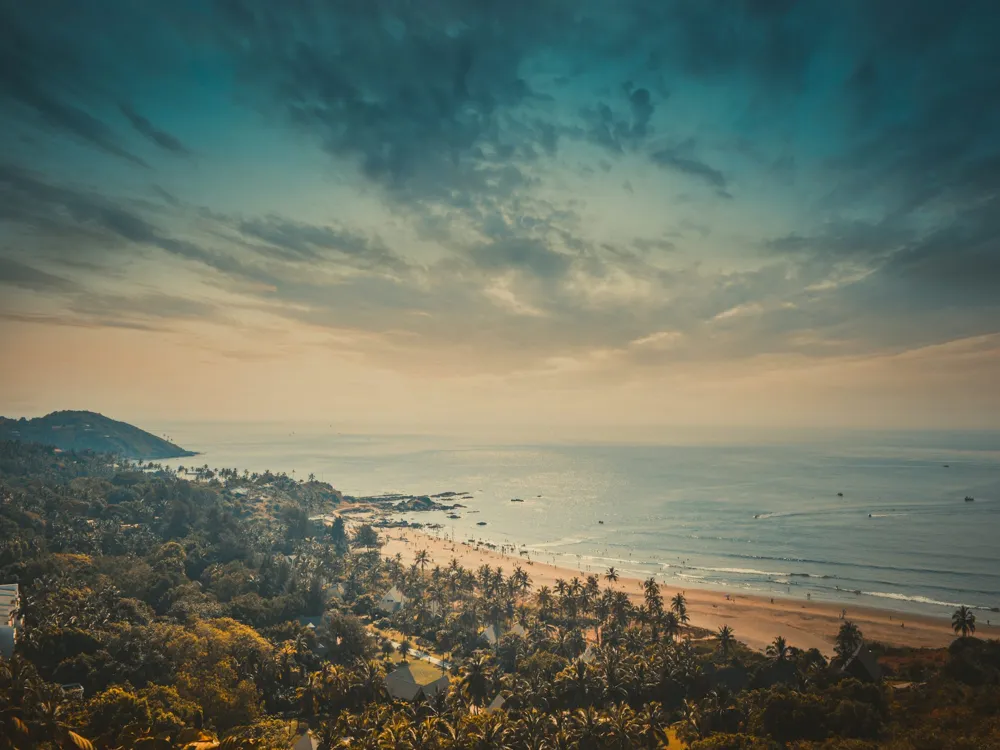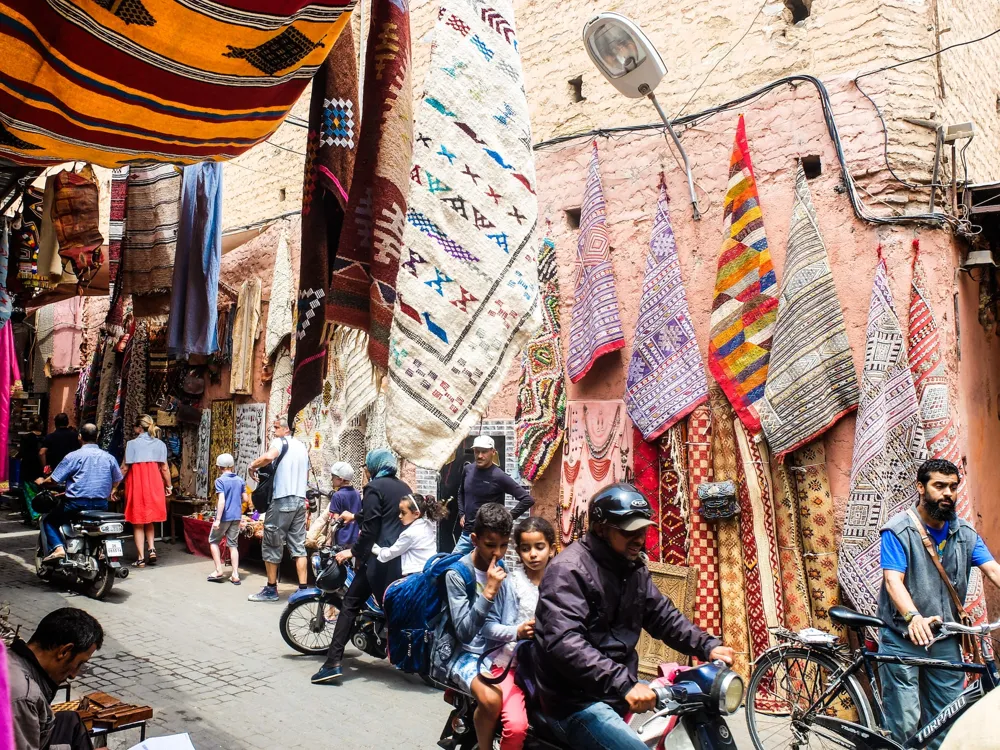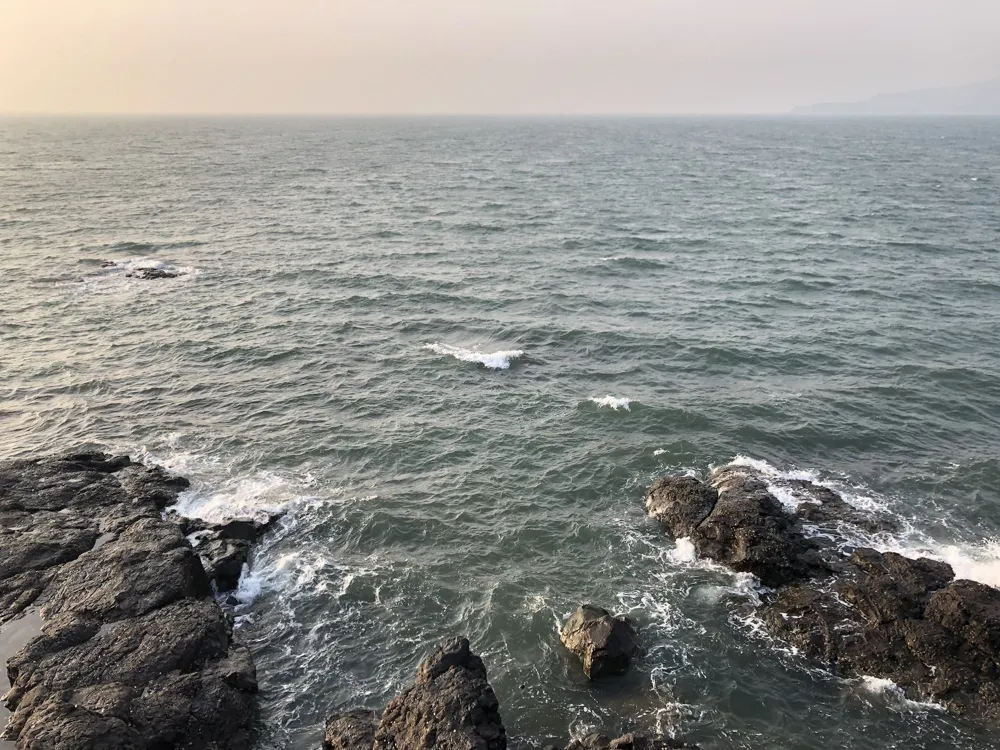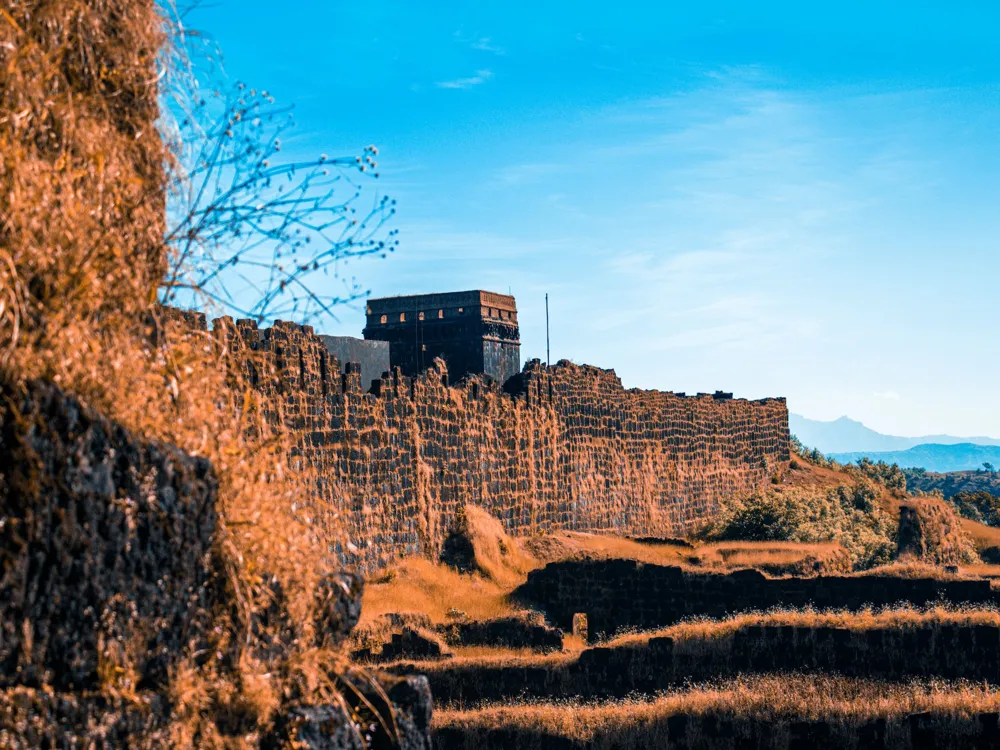Welcome to the enchanting world of Goa, a gem in the crown of India's coastal beauty. Known for its vibrant culture, scenic landscapes, and a unique blend of Indian and Portuguese influences, Goa is not just a destination; it's an experience. From the sun-kissed beaches of North Goa to the tranquil havens in South Goa, every corner of this state is imbued with a charm of its own. Goa's allure isn't just limited to its beaches, though. The state's rich history is reflected in its architecture, cuisine, and lifestyle, making it a cultural hotspot that attracts millions of visitors each year. North Goa is the pulsating heart of the state, renowned for its lively beaches, bustling markets, and vibrant nightlife. It's a paradise for those who love socializing and enjoying life to the fullest. Beaches like Baga, Calangute, and Anjuna are not just stretches of golden sand but are also the epicenters of fun activities, beach sports, and unforgettable parties. The area is also home to some of the most sacred temples and majestic churches, standing as a testament to Goa's diverse religious harmony and architectural grandeur. Contrasting the lively North, South Goa is a haven of tranquility. Known for its pristine beaches like Palolem, Agonda, and Galgibaga, South Goa is the perfect place for those seeking a peaceful retreat amidst natural beauty. The region is also rich in wildlife sanctuaries, spice plantations, and heritage sites, offering a more laid-back and naturalistic experience to its visitors. Goa's architecture is a visual feast, a testament to its historical tapestry influenced by Hindu, Muslim, and Portuguese cultures. The state's architectural landscape is dotted with stunning temples, grand churches, and old mansions, each narrating a story of Goa's rich cultural heritage. The most distinctive architectural feature in Goa is the Portuguese influence, visible in its baroque-style churches, colorful villas, and public buildings. These structures are characterized by ornate exteriors, spacious balconies, and tiled roofs, reflecting a fusion of Goan and Portuguese styles. The Basilica of Bom Jesus, a UNESCO World Heritage Site, and the Se Cathedral are prime examples of this architectural style, showcasing exquisite craftsmanship and historical significance. Traditional Goan houses are a blend of Indian and Portuguese architectural elements. These houses are characterized by high plinths, large rooms, thick walls, and ornamental balconies. Intricately carved wooden doors and windows add to their charm. These homes often feature a courtyard, known as a 'balcao', which serves as a space for social gatherings and family activities. Goa's temples and mosques reflect the religious diversity and tolerance of the region. The temples, like Mangueshi Temple and Shanta Durga Temple, showcase an amalgamation of Indian styles with local Goan elements, featuring deepastambhas (lamp towers), intricately carved pillars, and spacious courtyards. Similarly, mosques like the Jama Masjid exhibit a blend of Indo-Islamic architectural styles, with elements like domes and arched entrances. Goa is a year-round destination, but the best time to visit is from November to February when the weather is pleasant, making it ideal for beach outings and exploration. Goan cuisine is a must-try, with its rich flavors and seafood delicacies. Don't miss out on local dishes like Goan fish curry, Bebinca, and Vindaloo. Explore both beach shacks and high-end restaurants for a complete culinary experience. Goa offers a range of accommodation options, from luxury resorts to budget-friendly guesthouses. Renting a scooter or a bike is the most convenient way to explore the area. Local buses and taxis are also available. While Goa is quite liberal, it's important to respect local customs and traditions. Dress modestly when visiting religious sites and always ask for permission before taking photographs of locals. Always keep an eye on your belongings, especially in crowded places. Drink bottled water and use mosquito repellent to protect against mosquito-borne diseases. Goa is well-connected by air, road, and rail. The Dabolim Airport is well connected to major cities in India and some international destinations. Goa also has two major railheads — Madgaon and Thivim — which are well connected to the rest of India. If you're traveling by road, Goa is accessible via several national highways, offering a scenic route to this coastal paradise.Overview of Goa
North Goa: A Vibrant Coastal Paradise
South Goa: Serene and Idyllic Retreat
Architecture of Goa
Portuguese Influence: A Blend of East and West
Traditional Goan Houses: A Legacy Preserved
Temples and Mosques: Celebrating Diversity
Tips When Visiting Goa
Best Time to Visit
Local Cuisine and Dining
Travel and Accommodation
Cultural Etiquette and Customs
Safety and Health Precautions
How To Reach Goa
Anjuna Flea Market
North Goa
Goa
NaN onwards
View goa Packages
Weather :
Label : Must Visit
Time Required : 1 - 2 hrs
Tips :
- Bargain as much as you can. Quote a price less than half of what has been told to you. The shopkeepers try to con the tourists as they have no idea about the actual price.
- Do not be fooled into thinking that any product is original or authentic. Almost all of them are first copies or duplicates.
- Keep a note on the weighing balance. Sometimes the balance is tempered to display wrong weights of products like spices etc.
- Keep clear of the pick-pockets and smugglers and pay special attention to your valuables- phones, wallets etc.
Open Time : Mid-November to End of April
Timings : 9:00 AM - 6:00 PM every Wednesday
Planning a Trip? Ask Your Question
Goa Travel Packages
View All Packages For Goa
Top Hotel Collections for Goa

Private Pool

Luxury Hotels

5-Star Hotels

Pet Friendly
Top Hotels Near Goa
Other Top Ranking Places In Goa
View All Places To Visit In goa
View goa Packages
Weather :
Label : Must Visit
Time Required : 1 - 2 hrs
Tips :
- Bargain as much as you can. Quote a price less than half of what has been told to you. The shopkeepers try to con the tourists as they have no idea about the actual price.
- Do not be fooled into thinking that any product is original or authentic. Almost all of them are first copies or duplicates.
- Keep a note on the weighing balance. Sometimes the balance is tempered to display wrong weights of products like spices etc.
- Keep clear of the pick-pockets and smugglers and pay special attention to your valuables- phones, wallets etc.
Open Time : Mid-November to End of April
Timings : 9:00 AM - 6:00 PM every Wednesday
Planning a Trip? Ask Your Question
Goa Travel Packages
View All Packages For Goa
Top Hotel Collections for Goa

Private Pool

Luxury Hotels

5-Star Hotels

Pet Friendly









